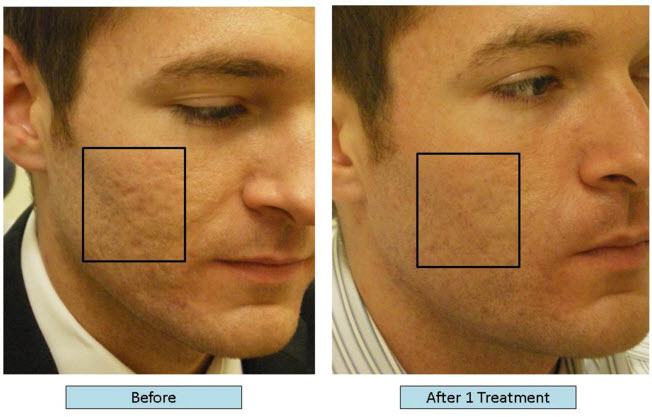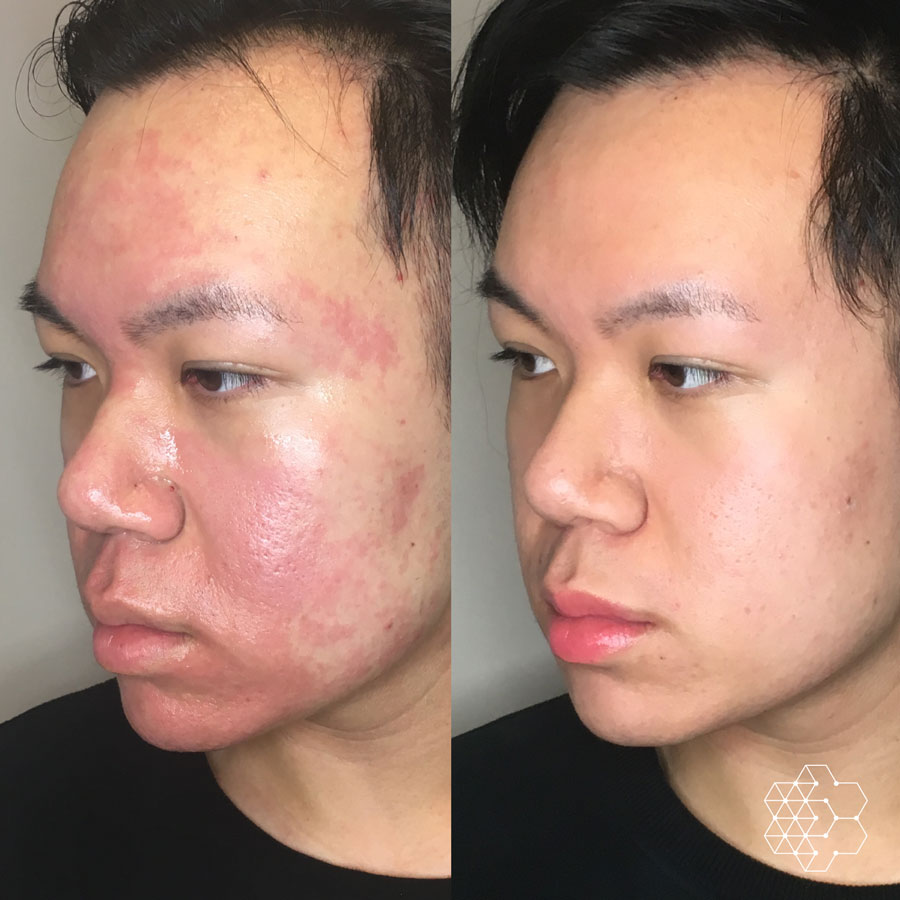Comprehensive Acne and Acne Scars Treatment: Attain a Remarkable Skin Tone
Comprehensive Acne and Acne Scars Treatment: Attain a Remarkable Skin Tone
Blog Article
Discovering Skin Problems: Identifying and Treating Acne Scars for Healthier Skin
Acne marks represent a substantial problem for people seeking to maintain healthy skin, as they can influence both appearance and self-confidence. Comprehending the different kinds of marks, from atrophic to hypertrophic, is vital for figuring out suitable treatment choices. While expert interventions like chemical peels and microneedling can be reliable, the relevance of personalized treatment strategies can not be overstated. Moreover, preventative measures play an essential function in lessening future scarring. As we discover these elements, one should take into consideration exactly how the right technique can bring about transformative outcomes.
Understanding Acne Scars
Recognizing acne marks is essential for anybody that has actually experienced extreme acne, as these marks can have a long lasting effect on both physical look and emotional wellness. When the skin goes through inflammatory actions throughout active acne sores, acne marks create. The intensity of scarring is frequently influenced by aspects such as the sort of acne, its period, and individual skin characteristics.
The body's all-natural healing procedure can result in either atrophic marks, which show up as depressions in the skin, or hypertrophic marks, which are increased and arise from overproduction of collagen. Furthermore, the psychological toll of acne scars ought to not be taken too lightly; lots of individuals report feelings of shame, anxiety, and decreased self-confidence. This psychological burden can influence social communications and overall high quality of life.
Dealing with acne scars requires a comprehensive understanding of their development and influence. Understanding of the potential for long-term consequences related to unattended scars can encourage individuals to look for suitable therapies. Early intervention and effective administration strategies can dramatically enhance skin appearance and enhance psychological strength, stressing the relevance of understanding the intricacies surrounding acne scars.
Kinds Of Acne Scars
Acne scars can be classified into unique kinds, each displaying special features and needing certain therapy methods. The main kinds of acne scars consist of atrophic, hypertrophic, and keloid marks.

Hypertrophic scars, in comparison, are increased above the skin level and are the result of too much collagen production throughout the healing procedure. They usually continue to be within the borders of the original acne lesion. Keloid marks are comparable yet extend past the initial injury website, forming larger, elevated areas that can be excruciating or scratchy.
Recognizing these sorts of marks is essential for selecting appropriate treatment alternatives. Various marks may respond far better to particular treatments, such as laser therapies, fillers, or surgical interventions, highlighting the importance of a tailored approach to acne scar monitoring.
Determining Your Scars
When evaluating the appearance of your skin, it is critical to precisely recognize the kind of scars present, as this will inform one of the most reliable treatment method. Acne scars normally drop into 2 categories: hypertrophic and atrophic marks. Atrophic marks, which are one of the most usual, look like depressions or indentations on the skin. These can further be identified into ice-pick marks, boxcar scars, and rolling scars, each showing unique features and requiring different techniques for analysis.
Hypertrophic marks, on the various other hand, are raised and occur due to too much collagen production during the recovery procedure. Acknowledging the particular features of your scars-- such as texture, deepness, and size-- is essential for proper identification. Furthermore, take into consideration the distribution of scars throughout your skin, as this can show the intensity and duration of the acne condition.
Involving with a skin doctor can provide important understandings into the nature of your marks, assisting in the differentiation between numerous types. A complete understanding of your marks will inevitably cause a much more customized and effective treatment plan, ensuring a more clear and healthier complexion.
Treatment Alternatives Offered
Determining the particular kind of acne marks present on your skin lays the foundation for discovering reliable treatment options. Common sorts of acne scars include atrophic (depressed), hypertrophic (increased), and post-inflammatory erythema.
For atrophic scars, alternatives such as chemical peels, microneedling, and laser resurfacing are commonly made use of. Chemical peels utilize acids to eliminate the outer layer of skin, promoting brand-new cell development. Microneedling includes small needles that create micro-injuries, promoting collagen manufacturing. Laser resurfacing targets damaged skin cells, improving appearance and tone.
Hypertrophic marks can be treated with corticosteroid shots to flatten the scar or laser treatment to minimize redness and boost look. acne treatment for sensitive skin. Silicone gel sheets and stress dressings may likewise aid in taking care of raised marks
On top of that, facial fillers can momentarily fill in anxieties from atrophic marks, while medical excision Full Article may be ideal for serious situations. Each treatment choice has its factors to consider and advantages, making it vital to seek advice from a skin doctor. They can supply personalized referrals based on the type and intensity of your scars, in addition to your skin kind and total health and wellness.
Tips for Prevention
Efficient avoidance methods can significantly lower the probability of establishing acne marks. Making use of non-comedogenic items helps prevent stopped up pores, which can worsen acne.
Preventing need to choose or pop acne sores is important, as this can cause much deeper skin damages and raise the threat of scarring. Rather, think about using a cool compress or non-prescription therapies to reduce swelling and inflammation.
Sun security is an additional vital aspect of prevention; ultraviolet (UV) rays can dim scars and impede the recovery process. Applying a broad-spectrum sun block with at the very least Recommended Reading SPF 30 daily can shield the skin and promote also recovery.
Last but not least, maintaining a well balanced diet abundant in minerals, anti-oxidants, and vitamins supports skin wellness and recovery. Staying hydrated and taking care of tension degrees can also play a substantial role in minimizing acne flare-ups. By implementing these techniques, individuals can significantly lessen their chances of developing acne marks.

Verdict
In final thought, understanding and recognizing acne scars is vital for efficient therapy and attaining much healthier skin. Numerous types of acne scars, consisting of atrophic and recommended you read hypertrophic marks, necessitate particular treatments tailored to private needs.
The body's natural healing procedure can result in either atrophic marks, which show up as depressions in the skin, or hypertrophic scars, which are increased and result from overflow of collagen. They are further divided into three subtypes: ice pick scars, boxcar marks, and rolling marks. Acne scars normally fall right into two categories: atrophic and hypertrophic marks. These can even more be identified into ice-pick marks, boxcar scars, and rolling marks, each exhibiting unique features and calling for various techniques for analysis.
Various types of acne marks, consisting of hypertrophic and atrophic marks, demand specific interventions tailored to private demands.
Report this page